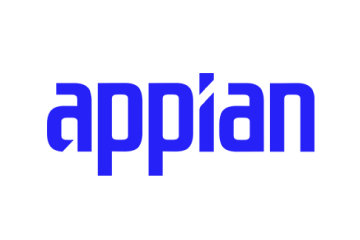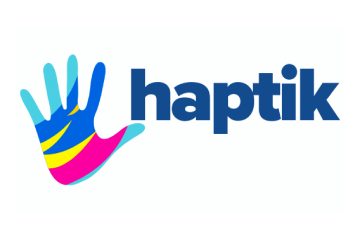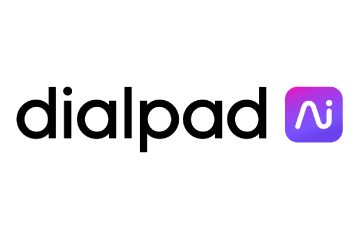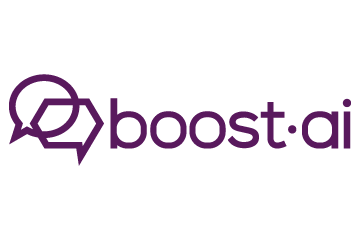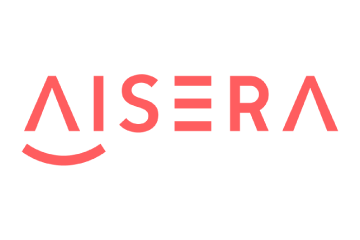Apple WWDC 2025: Personalisation, AI, and Spatial UX
Apple’s WWDC 2025 marks a strategic leap toward AI-native, hyper-personalised, and spatially aware user experiences, giving marketers a preview of the tools and tech that will redefine customer engagement.
Topics

Apple’s WWDC 2025 was a showcase of AI-powered fluidity across phones, spatial computing, and the desktop. But for marketers, it also offered a preview of what hyper-personalised, context-aware engagement will look like in the next era of CX.
Here’s what marketers need to know from the keynote, especially those focused on customer engagement and omnichannel personalisation.
Apple Intelligence: Generative AI, Now More Contextual
iOS 26 brings new updates to Apple Intelligence, Apple’s on-device generative AI system, but the one most relevant to marketers is Visual Search from Images.
Customers can now take a screenshot on any app and swipe over individual items within that screenshot to search for brand and product matches across external apps such as Google, Amazon, and ChatGPT.
Screenshots can include anything within the frame of the customer’s UI, such as the text within a promotional message, a notification that pops up in-app, or the For-You-Page (FYP), a.k.a the home screen of social media apps.
Brands can leverage this capability to improve product or brand recognizability both internally and externally.
ALSO READ:
Live Translation: Intelligent, Multilingual Campaigns
With iOS 26 and iPadOS 26, Apple is embedding Live Translation directly into core system apps like Phone, Messages, and FaceTime, enabling real-time, bidirectional translation during conversations. For marketers, this removes a long-standing friction point in global campaigns, i.e., language.
Brands can now engage customers across markets with dynamic messaging that adapts to the customer’s native language in real time, without requiring manual toggles or third-party integrations.
This is particularly valuable in regions like the Middle East, where customer bases span multiple languages and dialects. Campaigns can now maintain contextual accuracy while scaling across borders, allowing for richer, more inclusive engagement strategies.
In parallel, the new Preview and Windowing features on iPadOS 26 empower customers to view product pages, demos, or catalogues side by side, mimicking a desktop-like experience within a mobile form factor.
For marketers using guided selling flows or interactive content, this update enhances usability and conversion potential without additional development work for marketers using guided selling flows or interactive content.
visionOS 26: Mixed Reality Goes Brand-Ready
Apple’s latest updates to visionOS 26 for the Vision Pro headset are a signal that spatial computing is moving from novelty to utility, and marketers can take note. The introduction of spatial widgets, PlayStation controller support, and Image
Playground (Apple’s new GenAI-powered visual tool) unlocks three new capabilities for forward-thinking brands:
- Shoppable Spaces: With spatial widgets, marketers can now anchor product displays, campaign content, or interactive counters directly into the customer’s physical environment.
- Gamified Brand Campaigns: PlayStation controller support introduced a new layer of interactivity. Brands can now design immersive, gamified product demos, loyalty challenges, or branded storylines.
- Customer-Generated Visual Content: Image Playground allows customers to remix brand visuals into personalised stickers, scenes, or GenAI-generated content, ideal for user-generated campaigns (UGC) or shareable moments across social platforms.
This evolution means spatial UX is no longer experimental—it’s ready for marketing integration. Early adopters will be able to blend digital storytelling with physical context in ways that were previously only possible on mobile or web.
Final Take
If iOS and iPadOS are evolving to support smarter personalisation, visionOS is building the architecture for fully immersive brand moments. For marketers in the Middle East, a region where mobile-first is fast becoming multimodal, this shift is a cue to prepare for interfaces that blend real-world context with digital flexibility.
Those who lean into AI, real-time localisation, and spatial experience design will shape the next generation of brand loyalty.
ALSO READ: Now Android Users Can Enjoy Spatial Audio On Apple Music





























